Computational chemist Samantha Johnson, who is searching for combinations to bolster energy future, is among the PNNL scientists preparing to move into the Energy Sciences Center. The new $90 million, 140,000-square-foot facility, is under construction on the PNNL campus and will accelerate innovation in energy research using chemistry, materials science, and quantum information sciences to support the nation’s climate and clean energy research agenda.
Tag: Catalysis
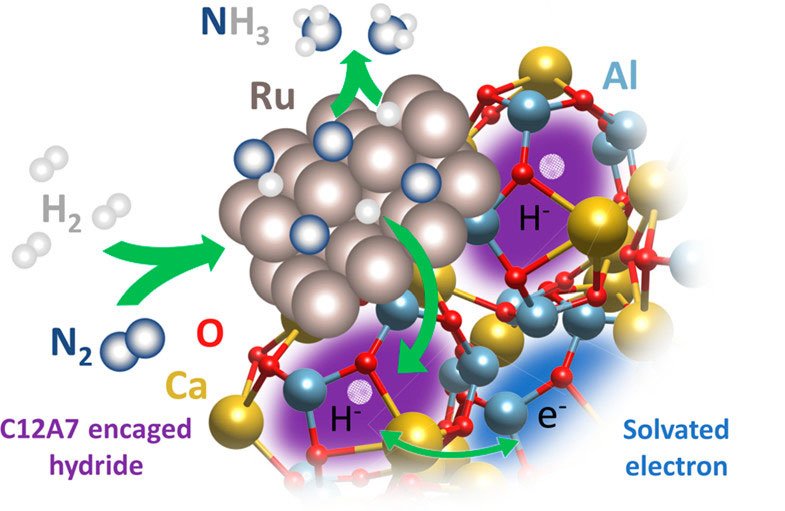
Novel Catalyst Means Ammonia Synthesis with Less Heat and Pressure
Neutron scattering has unveiled new insights into the performance of a novel metal catalyst used to convert nitrogen into ammonia. The key discovery is that the hydrogen atoms on the surface of the material—not caged inside the catalyst—play the most significant role in the ammonia synthesis. The material catalyzes ammonia synthesis with significantly less energy than the traditional iron-based catalysts.
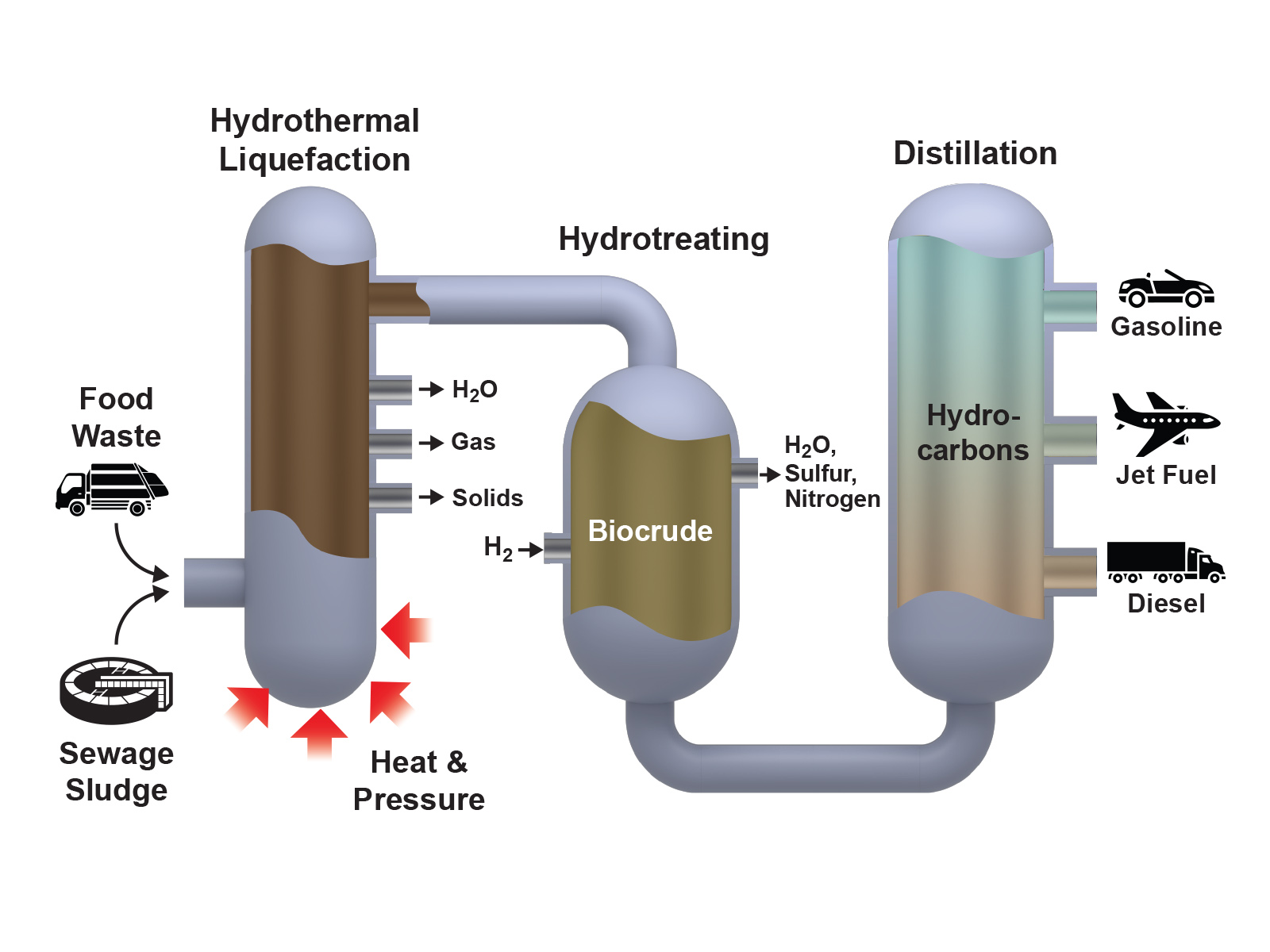
Biocrude Passes the 2,000-hour Catalyst Stability Test
A large-scale demonstration converting biocrude to renewable diesel fuel has passed a significant test, operating for more than 2,000 hours continuously without losing effectiveness.

Paul Dauenhauer: Then and Now / 2011 Early Career Award Winner
Paul Dauenhauer leads a group that has developed a new catalytic reactor that permits investigation of the precise energetics of biopolymer deconstruction. Key transitions in non-food biomass activation can now be observed, with implications for fuels, chemicals, and materials synthesis.
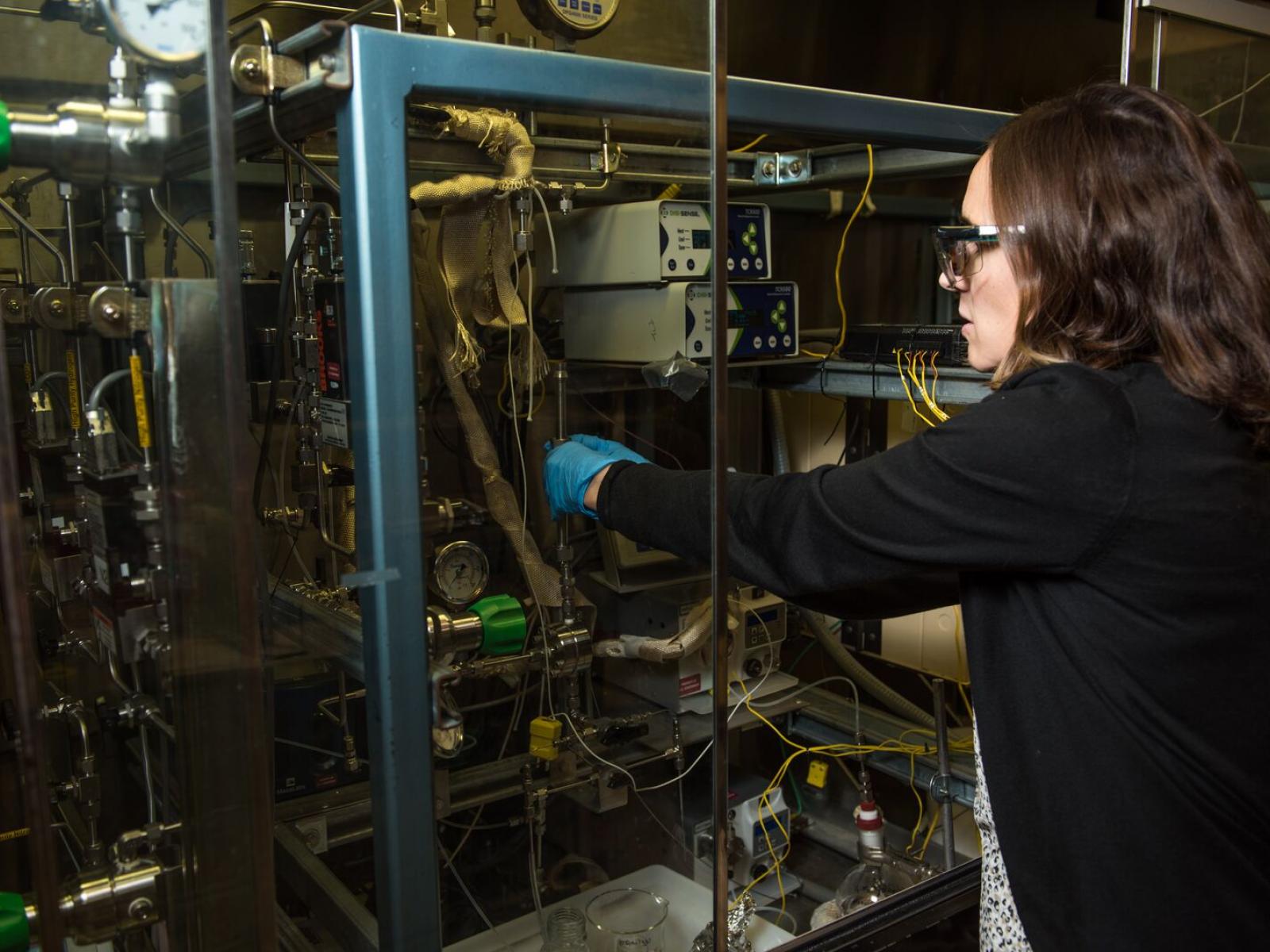
New Clean Energy Process Converts Methane to Hydrogen with Zero Carbon Dioxide Emissions
PNNL, teaming with academia and industry, develops a novel zero-emission methane pyrolysis process that produces both hydrogen and high-value carbon solids.

Argonne innovations and technology to help drive circular economy
In a collaborative effort to “recover, recycle and reuse,” Argonne strengthens research that addresses pollution, greenhouse gases and climate change and aligns with new policies for carbon emission reduction.
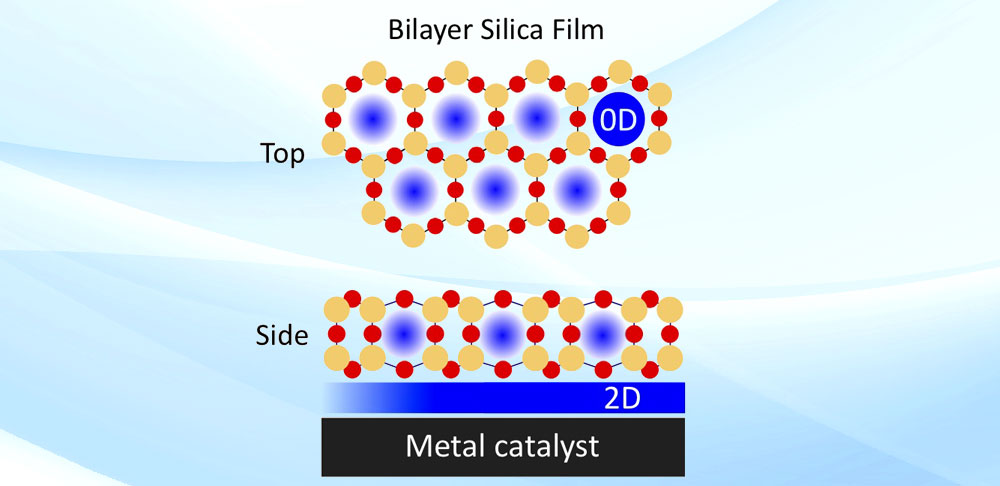
Chemistry Goes Under Cover
Scientists have discovered that physically confined spaces can make for more efficient chemical reactions.
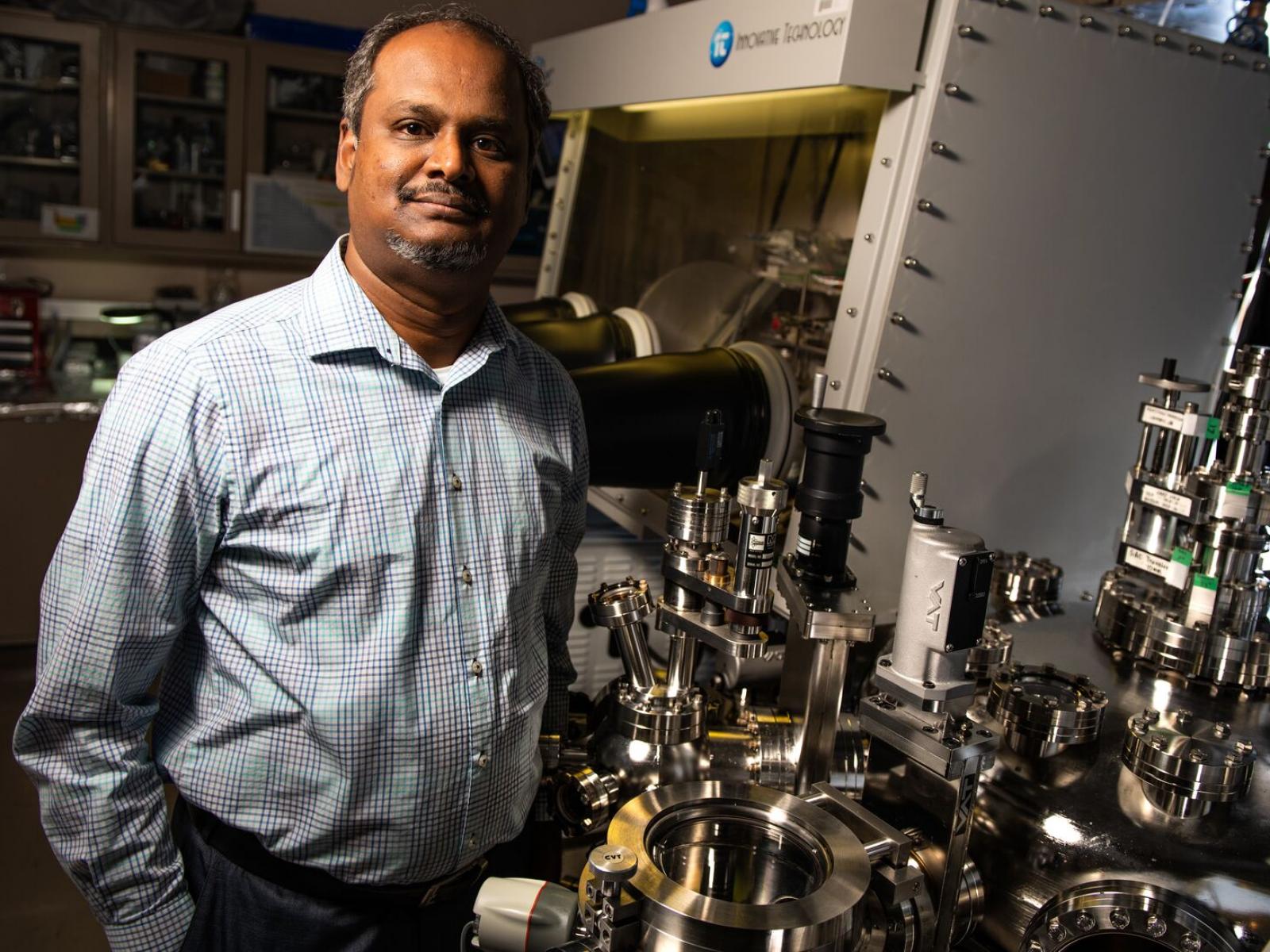
The Right Stuff to Find the Right Materials
As he prepares to enter PNNL’s Energy Sciences Center later this year, Vijayakumar ‘Vijay’ Murugesan is among DOE researchers exploring solutions to design and build transformative materials for batteries of the future.

PNNL Energy Sciences Center Will Help Realize Clean Energy Future
New 140,000-square-foot facility will advance fundamental chemistry and materials science for higher-performing, cost-effective catalysts and batteries, and other energy efficiency technologies.
Study Reveals Platinum’s Role in Clean Fuel Conversion
Scientists at the U.S. Department of Energy’s Brookhaven National Laboratory, Stony Brook University (SBU), and other collaborating institutions have uncovered dynamic, atomic-level details of how an important platinum-based catalyst works in the water gas shift reaction. The experiments provide definitive evidence that only certain platinum atoms play an important role in the chemical conversion, and could therefore guide the design of catalysts that use less of this precious metal.
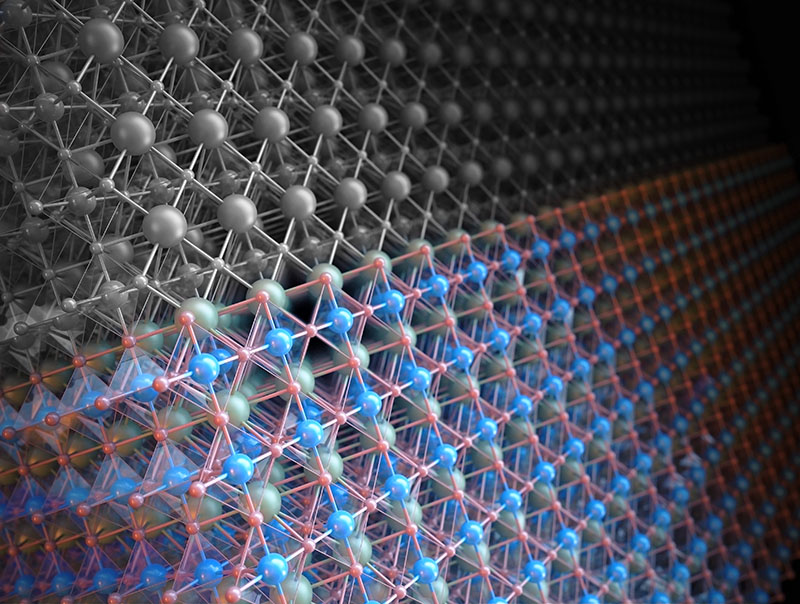
Study shows tweaking one layer of atoms on a catalyst’s surface can make it work better
When an LNO catalyst with a nickel-rich surface carries out a water-splitting reaction, its surface atoms rearrange from a cubic to a hexagonal pattern and its efficiency doubles. Deliberately engineering the surface to take advantage of this phenomenon offers a way to design better catalysts.
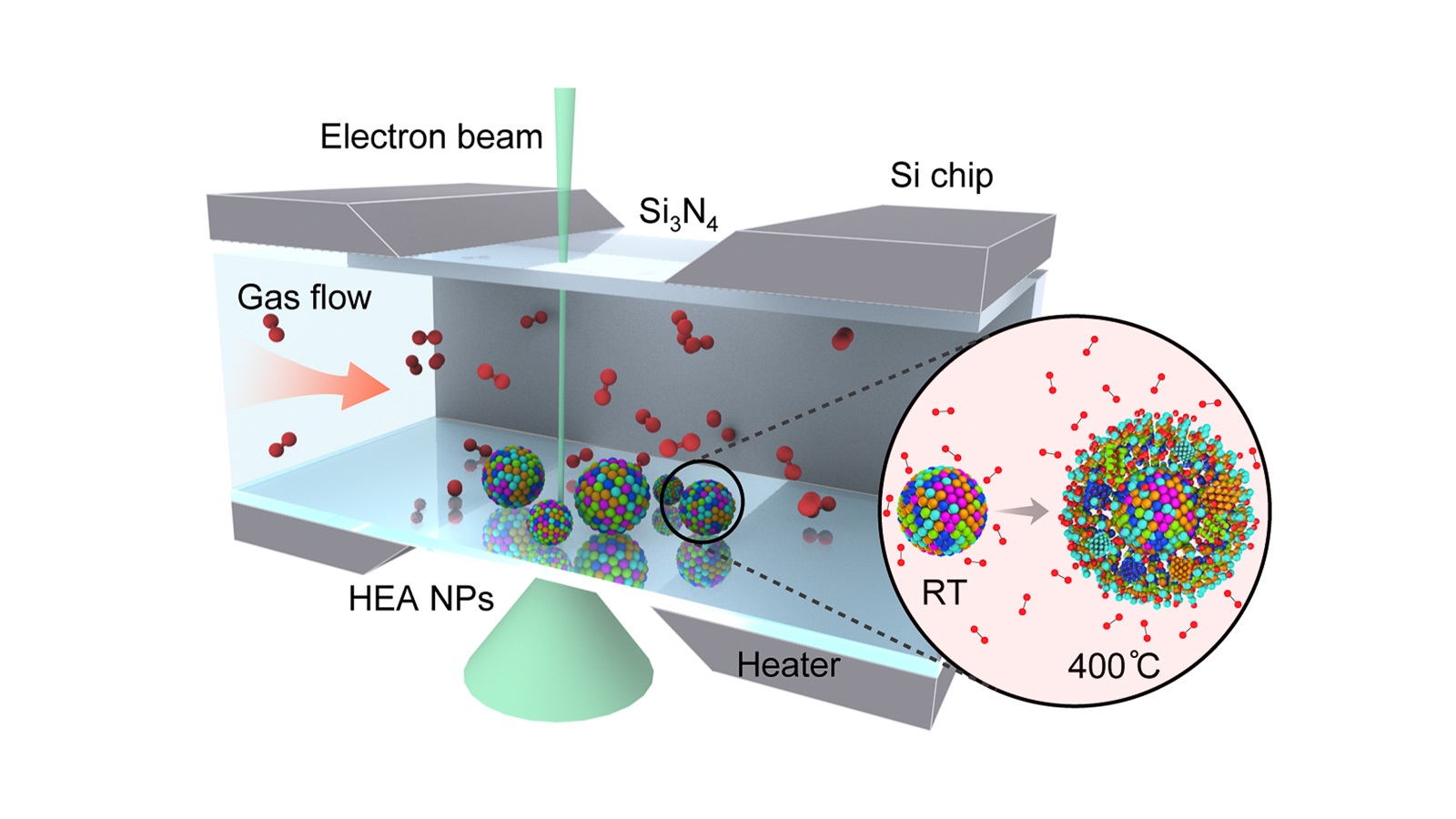
Better together: Scientists discover far-reaching applications of nanoparticles made of multiple elements
As catalysts for fuel cells, batteries and processes for carbon dioxide reduction, alloy nanoparticles that are made up of five or more elements are shown to be more stable and durable than single-element nanoparticles.
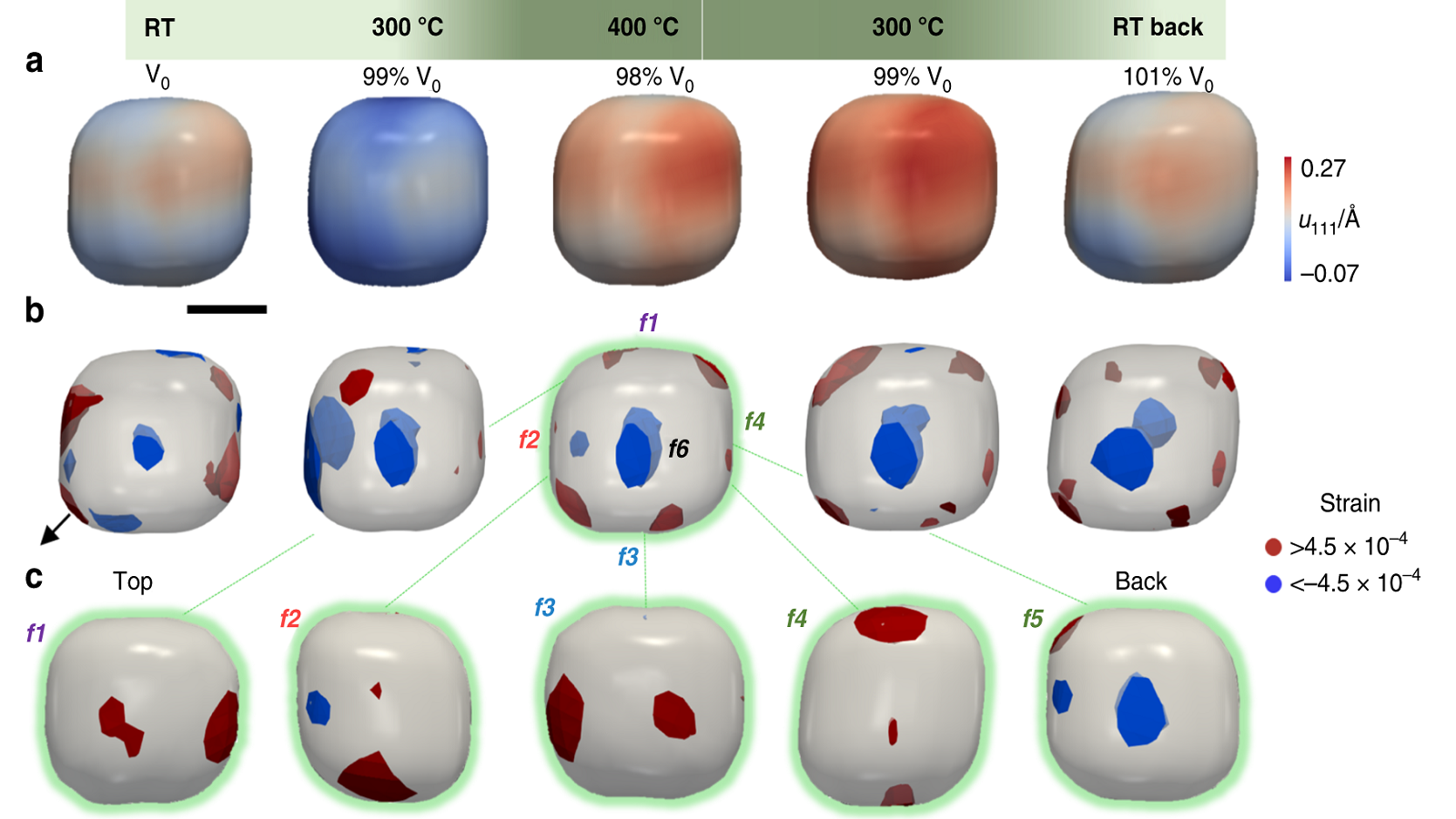
Striking gold: Advanced Photon Source enables catalysis research at small scales
By examining tiny particles of gold with powerful X-ray beams, scientists hope they can learn how to cut down on harmful carbon monoxide emissions from motor vehicles.

Stronger Cobalt for Fuel Cells
A multi-institutional effort led to the design of a highly active and more durable catalyst made from cobalt, which sets the foundation for fuel cells to power transportation, stationary and backup power, and more.

The Motivation for Sustainable Aviation Fuels
A new report outlines future research paths that are needed for airlines to reduce carbon emissions and notes that the only way to achieve emission reduction goals is with Sustainable Aviation Fuels.

Machine Learning Advances Materials for Separations, Adsorption, and Catalysis
An artificial intelligence technique — machine learning — is helping accelerate the development of highly tunable materials known as metal-organic frameworks (MOFs) that have important applications in chemical separations, adsorption, catalysis, and sensing.
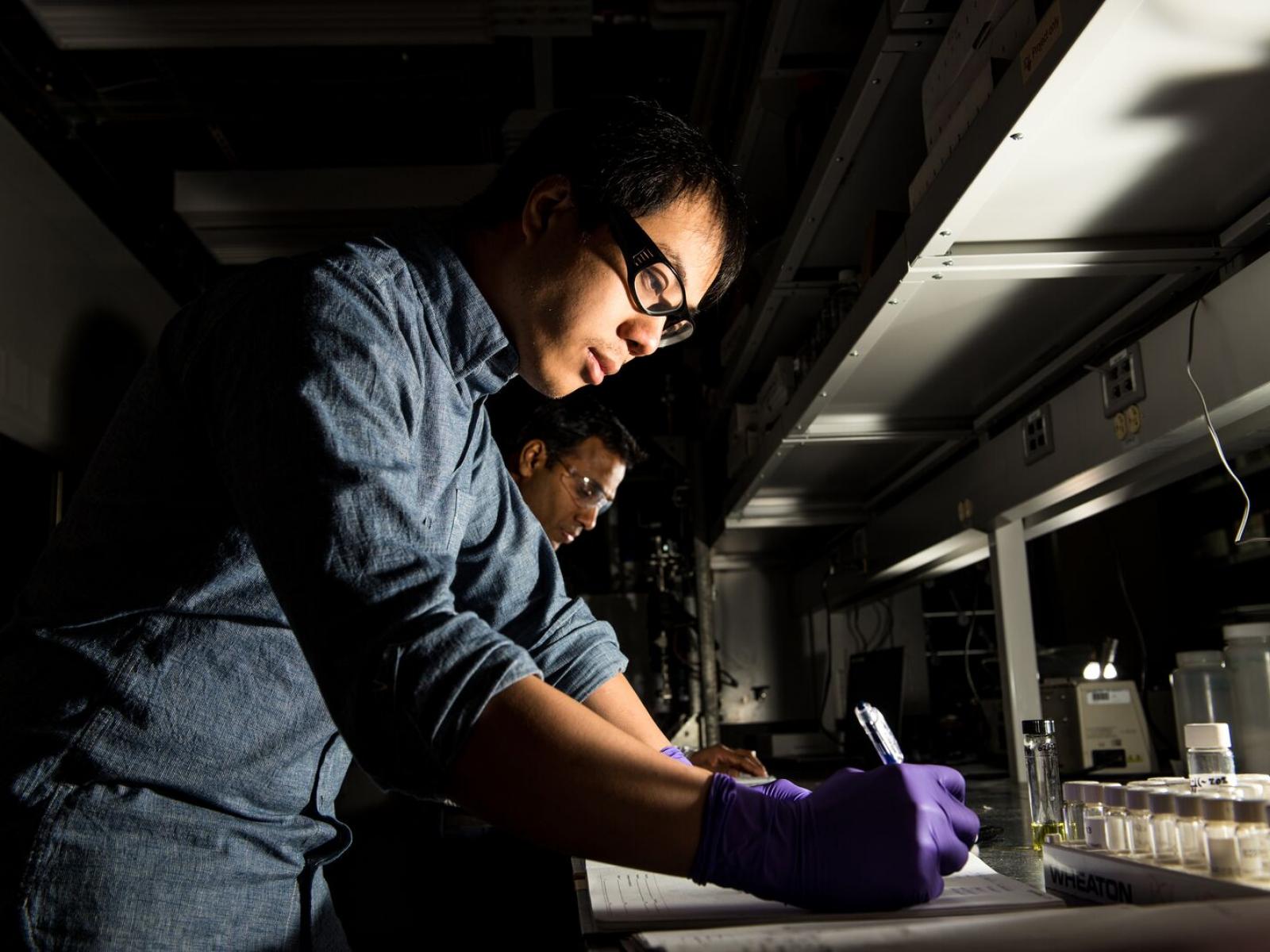
Alloy-Forming Duo Unites to Amp Up Possibilities for Ethanol
Scientists have developed a novel catalyst that converts pure ethanol into a highly valued class of alcohols that can serve as building blocks for everything from solvents to jet fuel.

From Blooms to Biocrude
PNNL researchers are contributing expertise and hydrothermal liquefaction technology to a project that intercepts toxic algae blooms from water, treats the water, and concentrates algae for transformation to biocrude.
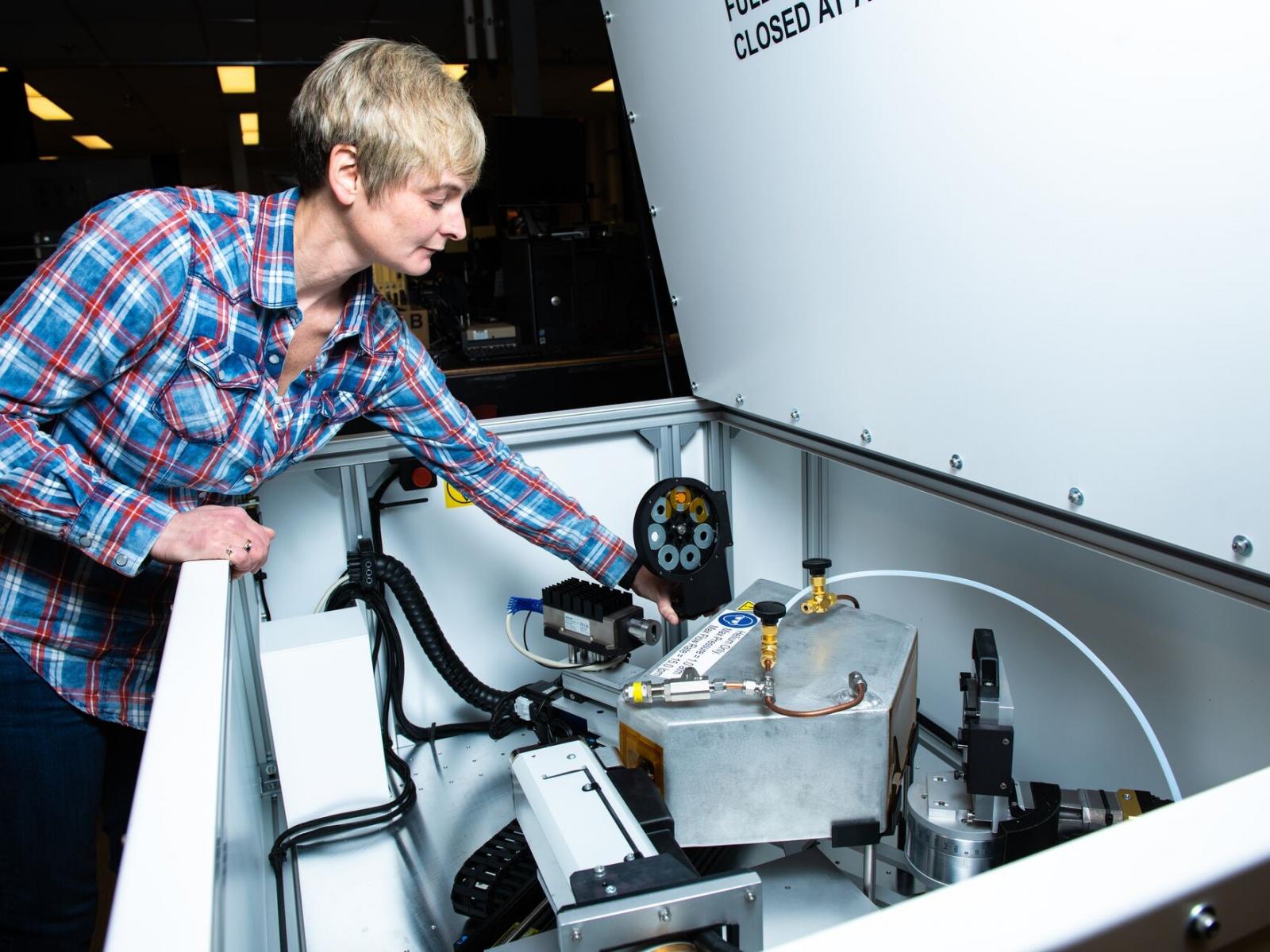
PNNL Gets X-Ray Vision
For the past year, three small-scale x-ray spectroscopy devices tucked away at Pacific Northwest National Laboratory (PNNL) have begun to dramatically speed up the testing and analysis of candidate novel materials used in energy storage research and environmental remediation. They are also expected to reduce the number of expensive off-site research trips.
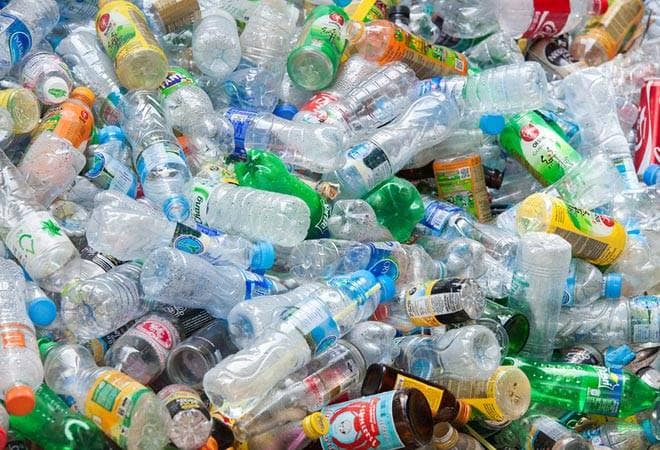
A first-of-its-kind catalyst mimics natural processes to break down plastic and produce valuable new products
A team of scientists led by the U.S. Department of Energy’s Ames Laboratory has developed a first-of-its-kind catalyst that is able to process polyolefin plastics, types of polymers widely used in things like plastic grocery bags, milk jugs, shampoo bottles, toys, and food containers.
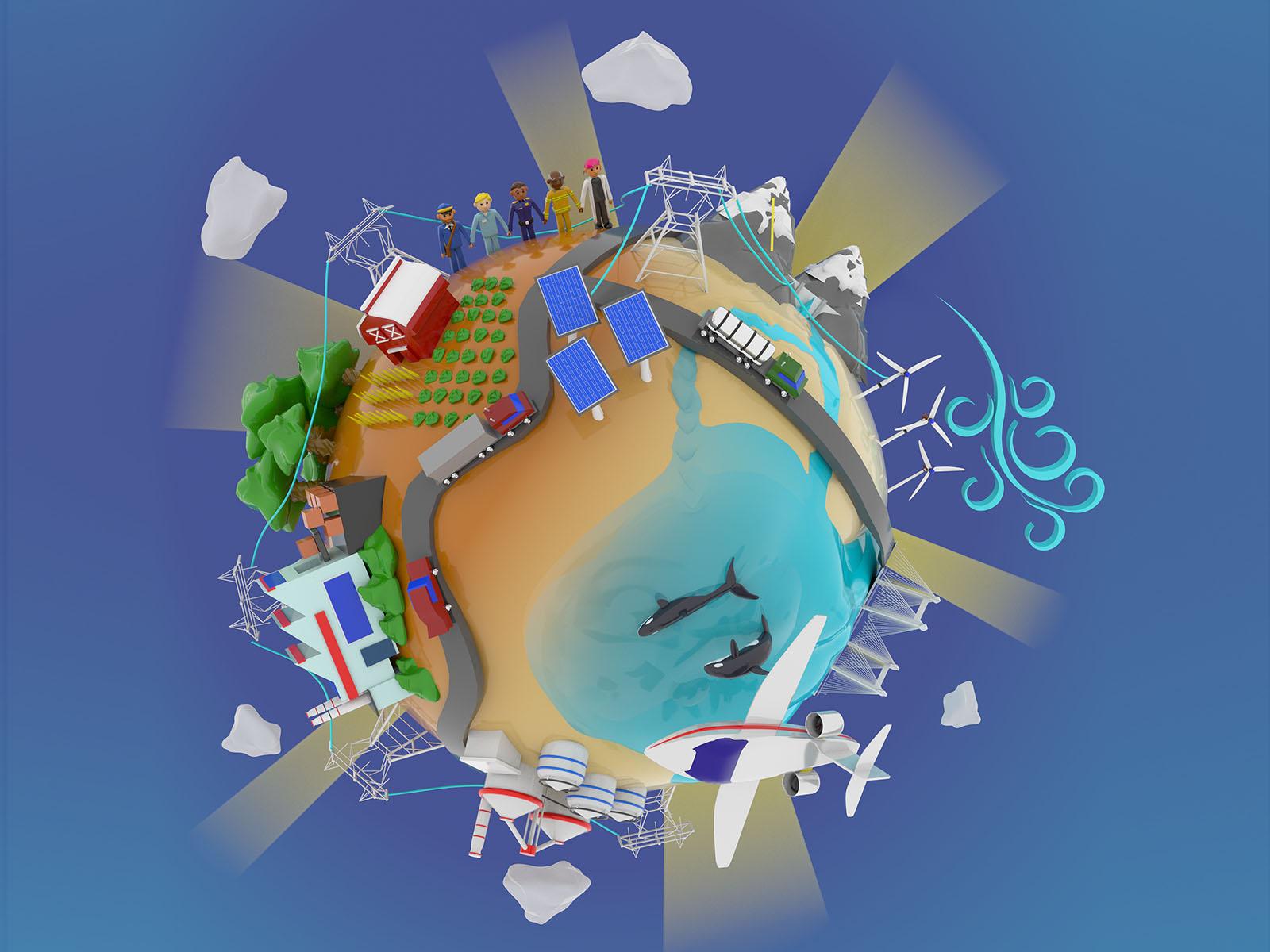
Not Your Average Refinery
PNNL researchers outline how to convert stranded biomass to sustainable fuel using electrochemical reduction reactions in mini-refineries powered by renewable energy.
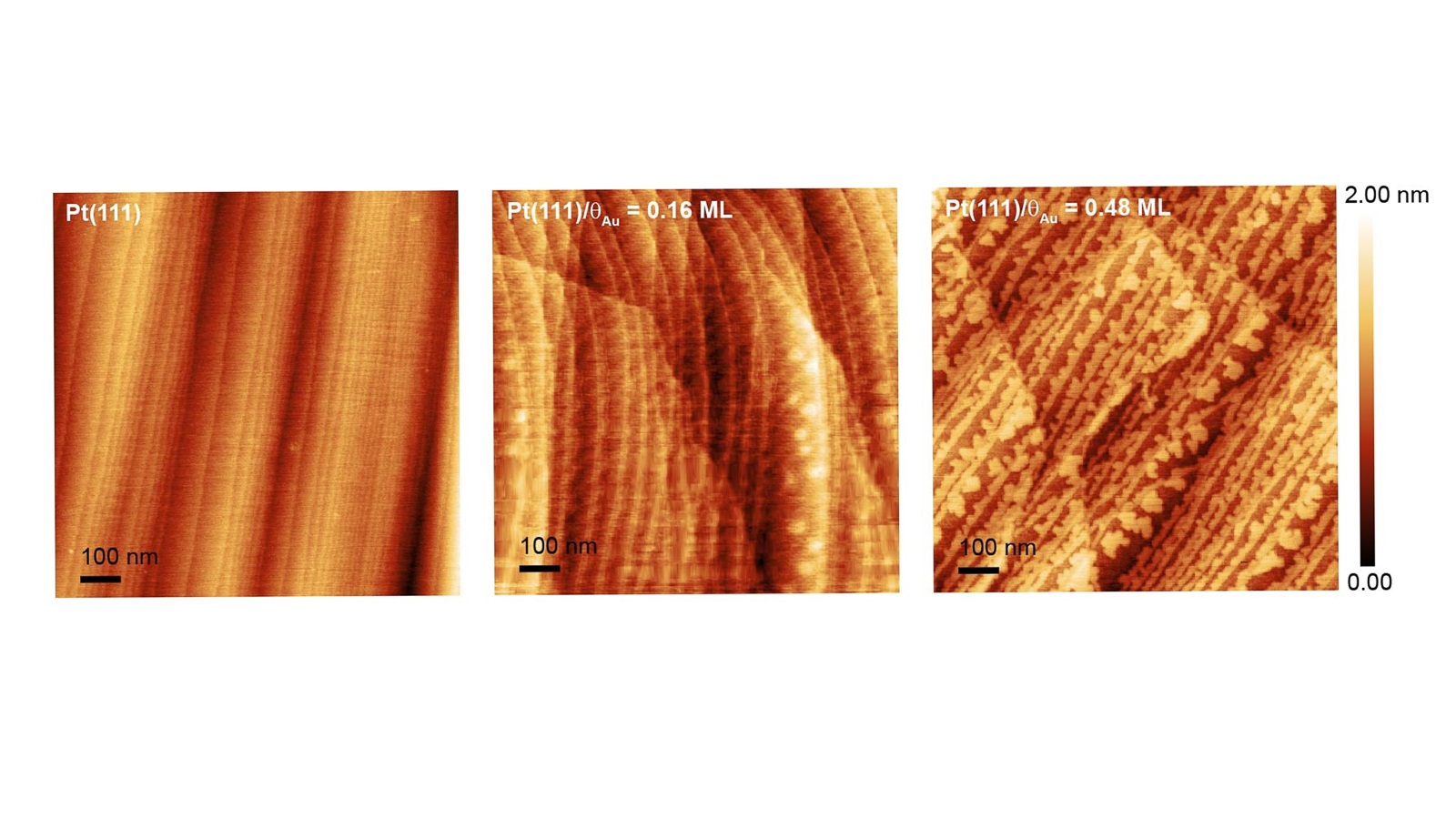
High-precision electrochemistry: The new gold standard in fuel cell catalyst development
As part of an international collaboration, scientists at Argonne National Laboratory have made a pivotal discovery that could extend the lifetime of fuel cells that power electric vehicles by eliminating the dissolution of platinum catalysts.
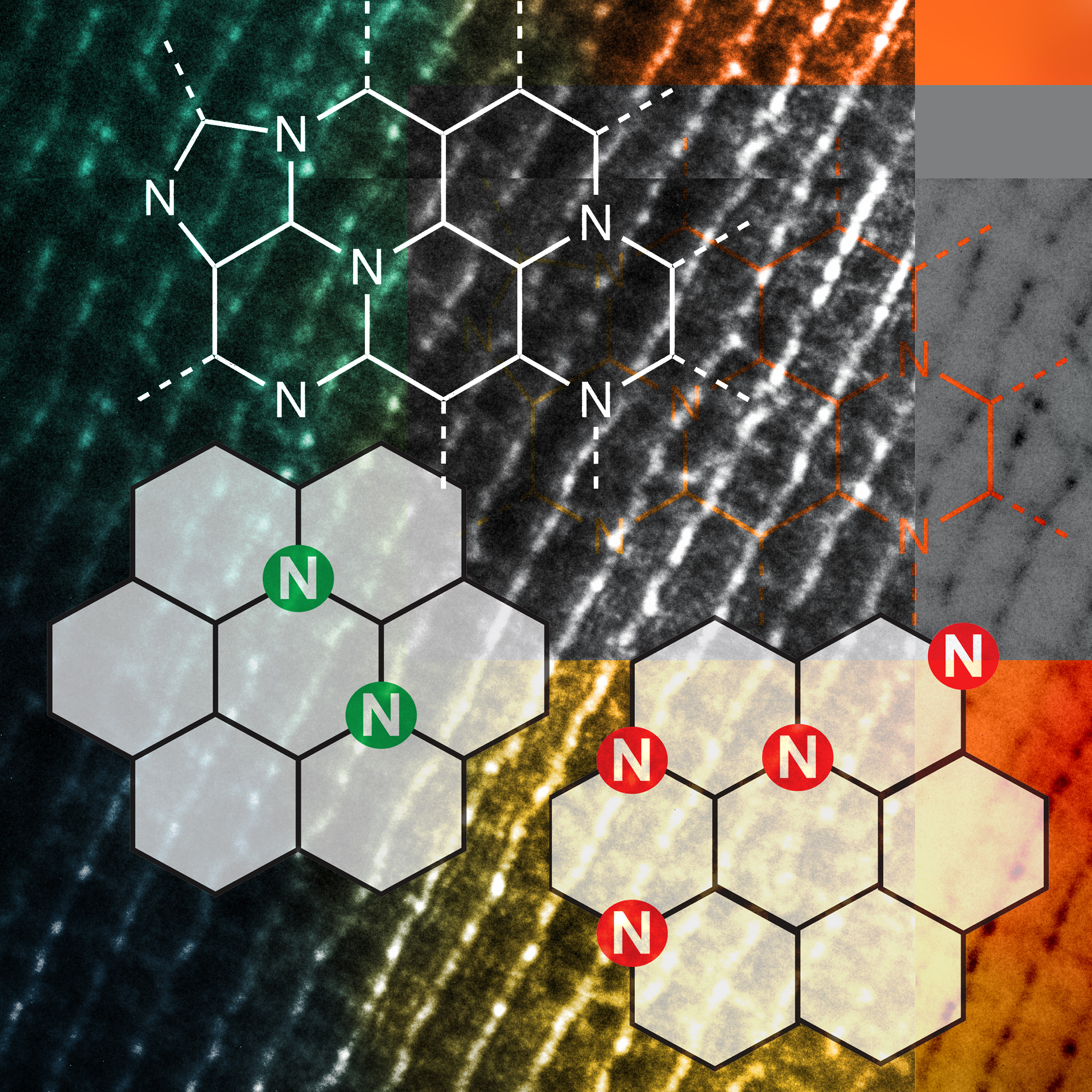
New Nitrogen Assembly Carbon catalyst has potential to transform chemical manufacturing
Scientists at the U.S. Department of Energy’s Ames Laboratory have discovered a metal-free carbon-based catalyst that has the potential to be much less expensive and more efficient for many industrial concerns, including manufacturing of bio- and fossil fuels, electrocatalysis, and fuel cells.

A Shining Example of Nature Leading the Way
From oil refining to automobile pollution-control devices to the bulk of pharmaceuticals, platinum-group metals are the go-to choice for facilitating chemical reactions. It’s been that way for decades. But a new review article in the August 14 issue of the journal Science, led by first author Morris Bullock of Pacific Northwest National Laboratory, provides a road map toward greater use of Earth-abundant metals, which would reduce cost and environmental impact.
Brookhaven Lab Partners in New $40 M Research Center to Convert Sunlight to Liquid Fuels
UPTON, NY–The U.S. Department of Energy (DOE) has announced $40M in funding over five years for a new research center aimed at developing hybrid photoelectrodes for converting sunlight into liquid fuels. Chemists from DOE’s Brookhaven National Laboratory will be key partners in this effort, dubbed the Center for Hybrid Approaches in Solar Energy to Liquid Fuels (CHASE), which will be led by the University of North Carolina at Chapel Hill (UNC) and includes additional collaborators at Emory University, North Carolina State University, the University of Pennsylvania, and Yale.

SLAC and Stanford scientists home in on pairs of atoms that boost a catalyst’s activity
A study identified which pairs of atoms in a catalyst nanoparticle are most active in a reaction that breaks down a harmful exhaust gas in catalytic converters. The results are a step toward engineering cheaper, more efficient catalysts.
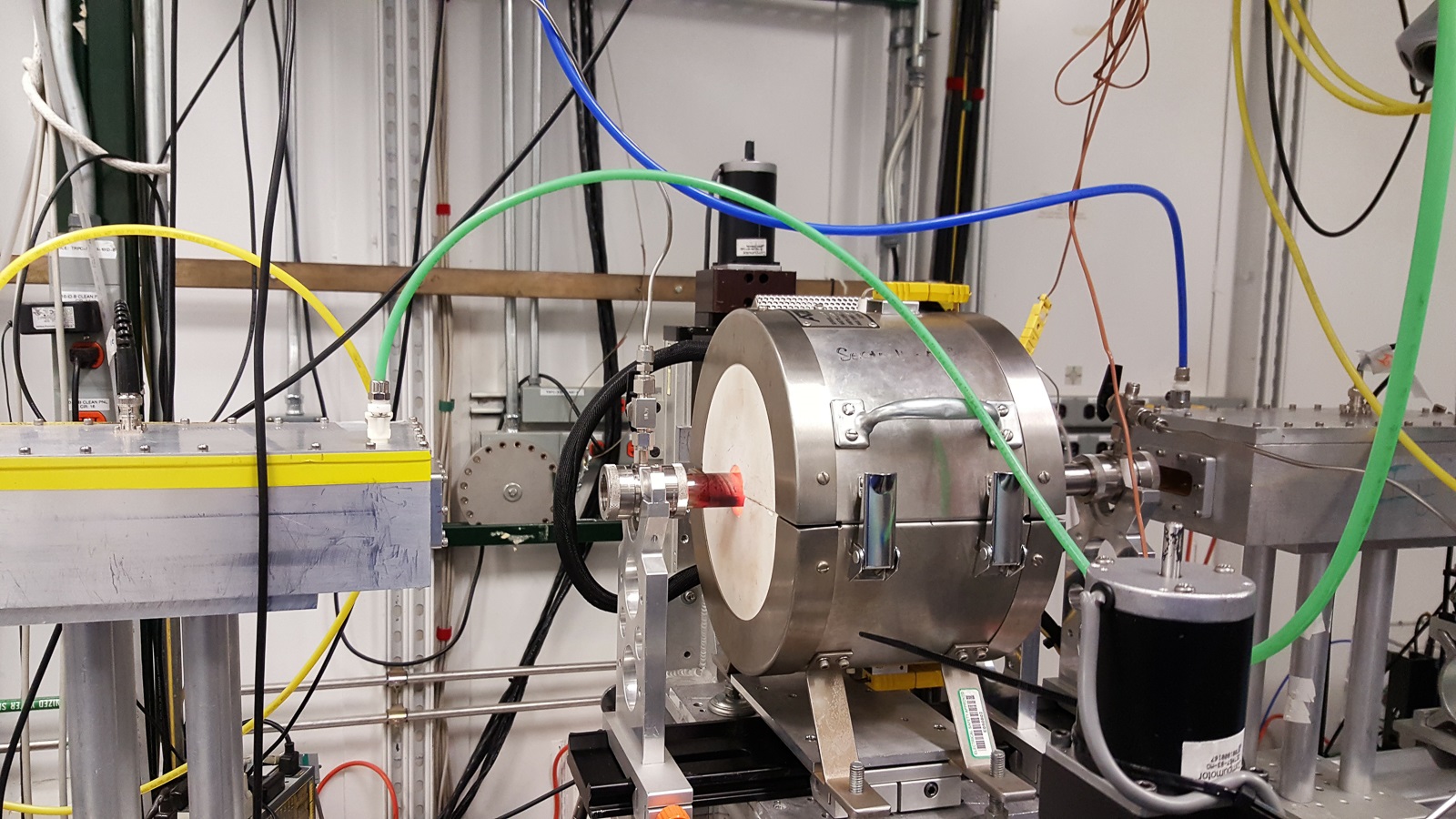
Platinum-free catalysts could make cheaper hydrogen fuel cells
Argonne scientists studied platinum-free catalysts for important fuel cell reactions. The research provides understanding of the mechanisms that make the catalysts effective, and it could inform production of more efficient and cost-effective catalysts.
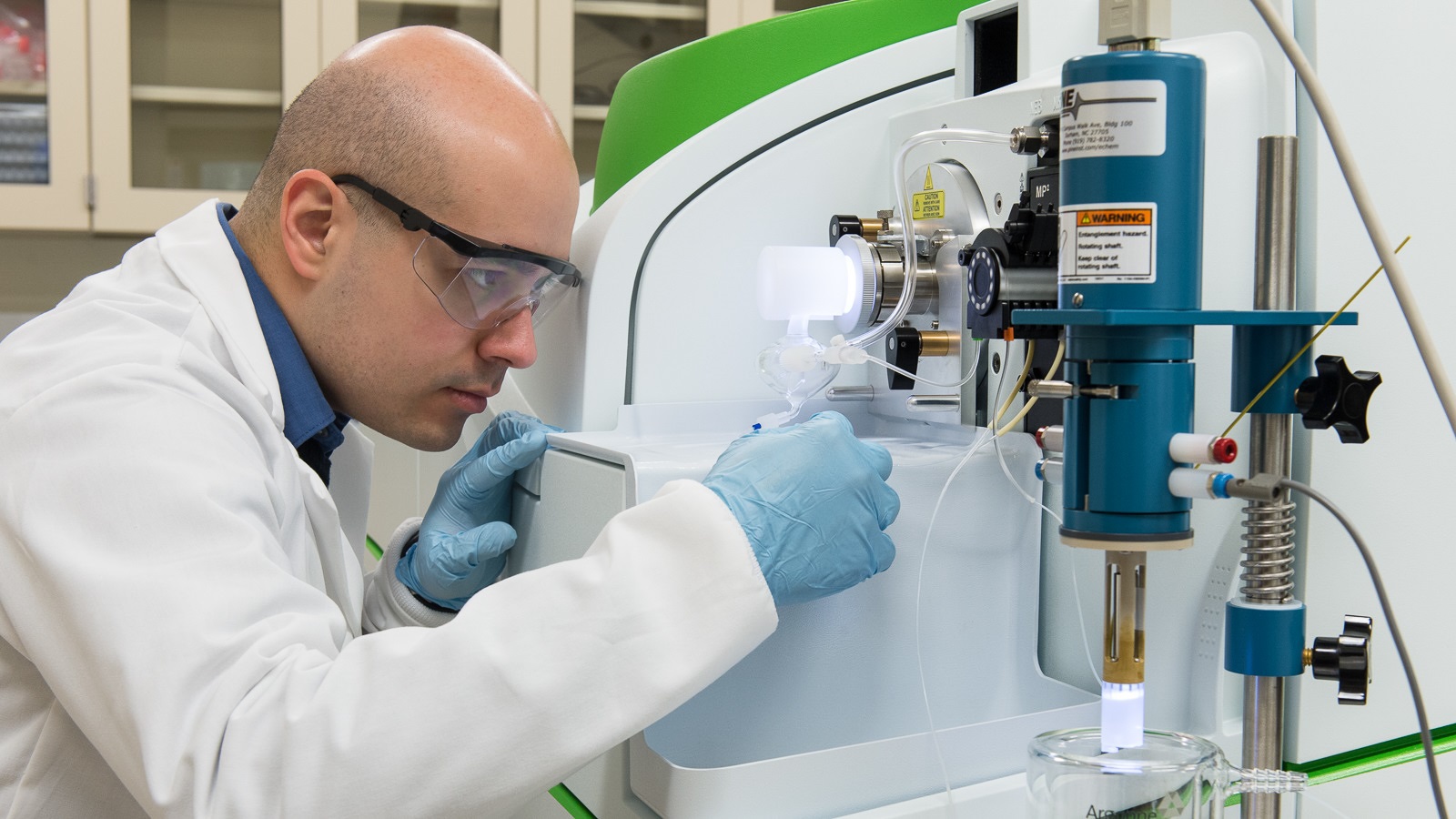
Investigating the dynamics of stability
Scientists have gained important insight into the mechanisms that drive stability and activity in materials during oxygen evolution reactions. This insight will guide the practical design of materials for electrochemical fuel production.
Water is Key in Catalytic Conversion of Methane to Methanol
Scientists reveal new details that explain how a highly selective catalyst converts methane, the main component of natural gas, to methanol, an easy-to-transport liquid fuel and feedstock for making plastics, paints, and other commodity products. The findings could aid the design of even more efficient/selective catalysts to make methane conversion an economically viable and environmentally attractive alternative to venting or flaring “waste” gas.
Meet Christine Ali: Military War Veteran and Chemical Engineer
From setting up fuel stations for the U.S. Army in Iraq to monitoring complex gas-delivery systems at Brookhaven National Laboratory’s National Synchrotron Light Source II, Christine Ali brings a wealth of experience and passion to science. Here’s her story.
Atomic Defect Lines Suppress Deactivation of Iron Oxide Catalysts
A structure based on the low-cost, earth-abundant metal iron may be active enough to promote desired reactions without becoming “poisoned.”
Bioelectrocatalysis uses cellular processes for chemical synthesis
Greener and more efficient chemical catalysts are right within our cells. Catalysts are key components of the chemical reactions that produce chemicals, biofuels and other materials. Catalysts are active in cellular processes too—certain enzymes, when connected to electrodes, can carry…

Improved Catalyst Branches Out and Out-Performs
Scientists can control their branch sizes and surfaces to make them more stable and more effective catalysts. By creating branched nanoparticles from the metal ruthenium, researchers developed a way to increase the speed of catalysis while maintaining the catalyst’s stability.
Monitoring Intermediates in CO2 Conversion to Formate by Metal Catalyst
The production of formate from CO2 is considered an attractive strategy for the long-term storage of solar renewable energy in chemical form.
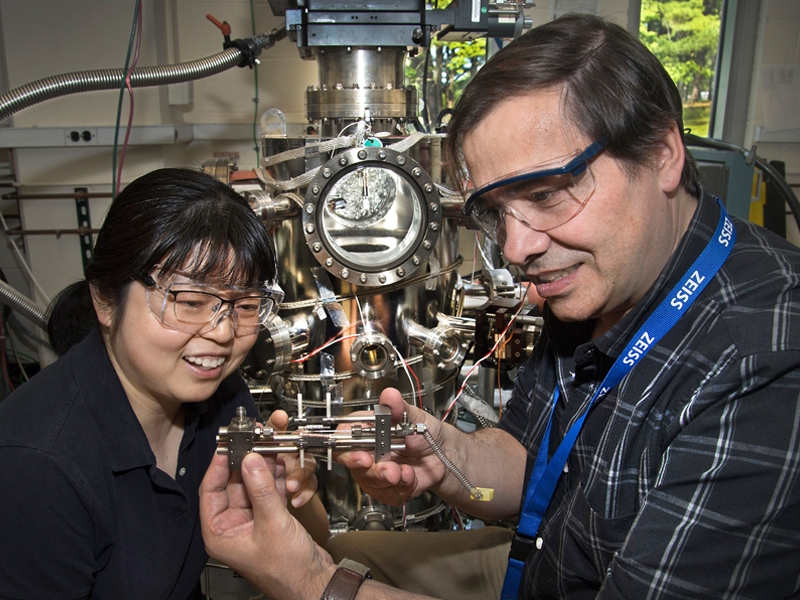
The Big Questions: José Rodriguez on Catalysts
The Big Questions series features perspectives from the five recipients of the Department of Energy Office of Science’s 2019 Distinguished Scientists Fellows Award describing their research and what they plan to do with the award. José Rodriguez is a senior chemist at Brookhaven National Laboratory.
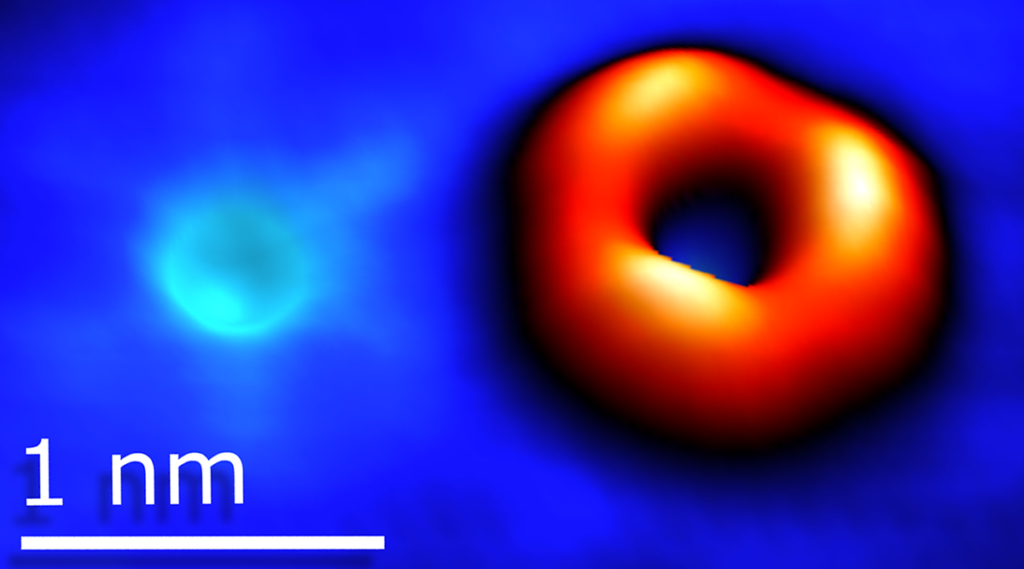
The Beauty of Imperfections: Linking Atomic Defects to 2D Materials’ Electronic Properties
Scientists at Berkeley Lab have revealed how atomic defects emerge in transition metal dichalcogenides, and how those defects shape the 2D material’s electronic properties. Their findings could provide a versatile yet targeted platform for designing 2D materials for quantum information science.

Christine M. Thomas
Christine M. Thomas is the Fox Professor of Chemistry in the Department of Chemistry and Biochemistry at The Ohio State University and formerly a professor in the Department of Chemistry at Brandeis University.
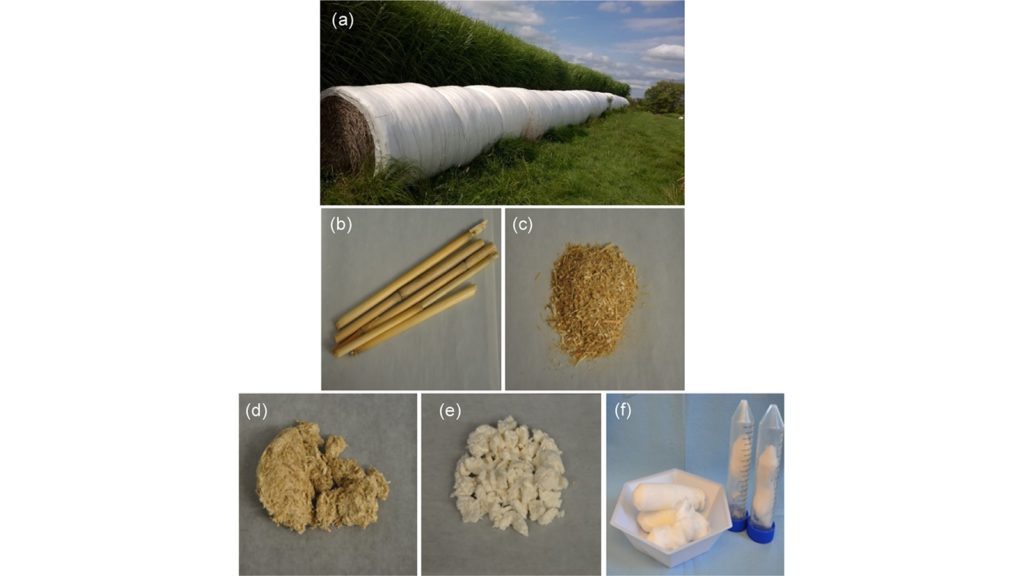
Research effort by Argonne National Laboratory and the University of Chicago results in R&D 100 Award
A joint effort by the U.S. Department of Energy’s Argonne National Laboratory and the University of Chicago has led to a prestigious R&D 100 Award and is expected to bring an innovation closer to market so it ultimately can be used in many industrial applications.
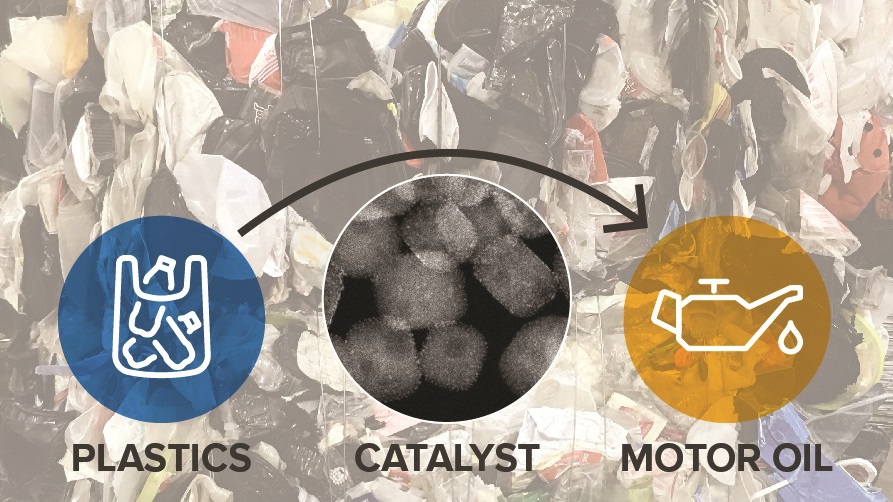
Rethinking the science of plastic recycling
A multi-institutional collaboration reports a catalytic method for selectively converting discarded plastics into higher quality products. The team included Argonne National Laboratory, Ames Laboratory, Northwestern University and three other universities.
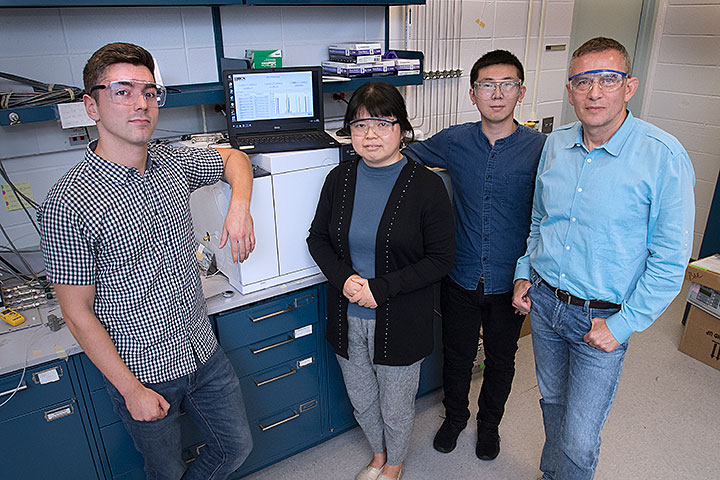
Machine-Learning Analysis of X-ray Data Picks Out Key Catalytic Properties
Scientists seeking to design new catalysts to convert carbon dioxide (CO2) to methane have used a novel artificial intelligence (AI) approach to identify key catalytic properties. By using this method to track the size, structure, and chemistry of catalytic particles under real reaction conditions, the scientists can identify which properties correspond to the best catalytic performance, and then use that information to guide the design of more efficient catalysts.
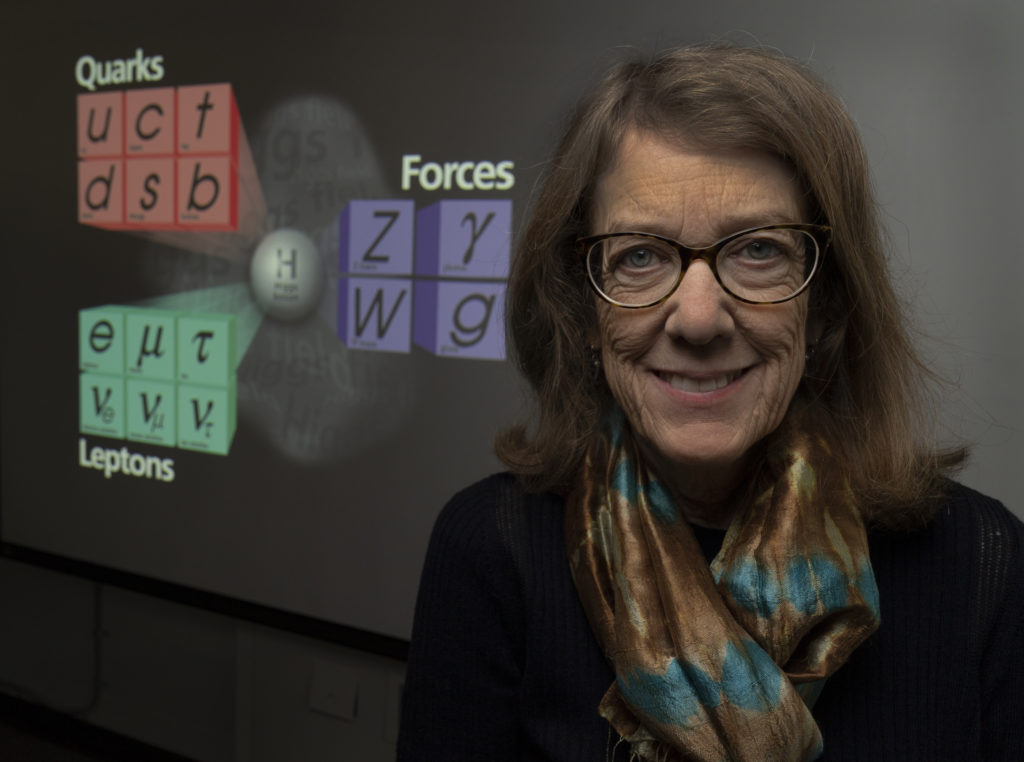
Two Brookhaven Lab Scientists Named DOE Office of Science Distinguished Fellows
Scientists from the U.S. Department of Energy’s (DOE) Brookhaven National Laboratory have garnered two out of five “Distinguished Scientists Fellow” awards announced today by the DOE’s Office of Science. Theoretical physicist Sally Dawson, a world-leader in calculations aimed at describing the properties of the Higgs boson, and José Rodriguez, a renowned chemist exploring and developing catalysts for energy-related reactions, will each receive $1 million in funding over three years to pursue new research objectives within their respective fields.